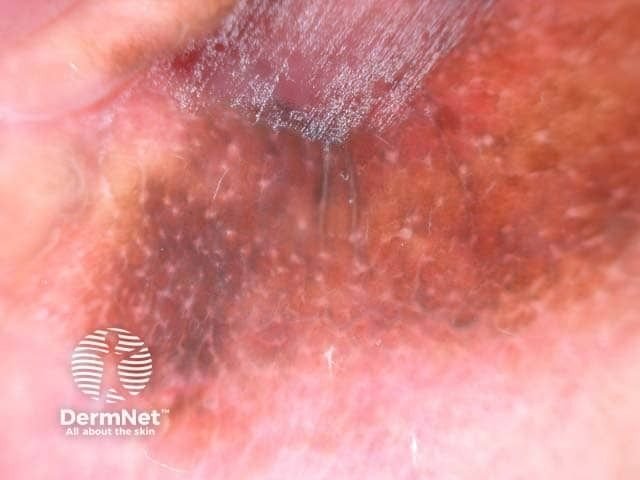Understanding Vulvovaginal Dermatology: The Importance of Biopsy
In the realm of dermatological care, the under-explored area of vulvovaginal dermatology has gained considerable attention. With many women experiencing skin disorders in this region, effective diagnosis and treatment are paramount. If there’s any doubt about potential cancer, it’s advisable to conduct a biopsy to ensure accurate diagnosis and appropriate care.
Why Biopsies Matter
Key Takeaways
- Importance of Biopsy: Dr. Audrey Rutherford emphasizes the vital role of biopsy in diagnosing vulvar conditions, particularly when there’s a cancer concern.
- Recognizing Indicators: Signs such as non-healing areas, changes in texture, or treatment-resistant issues warrant biopsy.
Concerns about Cancer
Many vulvar conditions may not exhibit obvious symptoms, making it easy for them to go undiagnosed. Indicators that suggest a need for biopsy include:
- The “Ugly Duckling” Sign: Any lesion that stands out from the rest.
- Non-Healing Areas: Wounds that do not respond to typical treatment.
- Induration: Hardening of the skin in specific areas.
Moreover, non-cancer concerns should also prompt a biopsy, especially when:
- A clear diagnosis is uncertain.
- The condition shows atypical presentations such as unusual vessels, pigmentation, or texture changes.
Biopsy Techniques
When a biopsy is deemed necessary, two main techniques can be utilized:
- Punch Biopsy: Ideal for deeper insight, particularly into malignancies like squamous cell carcinoma.
- Suture-Assisted Biopsy: Useful for non-cancerous evaluations, offering variable depth.
Important Biopsy Tips:
- Avoid Midline Areas: This includes structures like the clitoris and anus.
- Target Unique Lesions: Focus on morphologically distinct regions.
- Pre-Biopsy Numbing: Apply topical numbing cream tailored for hair-bearing and non-hair-bearing areas.
Communicating with Pathologists
Accurate information is crucial when sending biopsies to pathology. Essential details to provide include:
- Specific location of the lesion
- Description of the appearance
- History of previous treatments and diagnoses
Optimizing Sample Size
One of the critical insights shared is the difference in dimensions when assessing tissue:
- A 2mm difference may seem minor but can significantly affect microscopic evaluation outcomes.
- Clinicians are advised to obtain at least 3mm samples for better diagnostic efficacy.
Takeaway Recommendations
Emphasizing Early Action
- Clinicians should not hesitate to perform biopsies, even when there is uncertainty about cancer, to avoid missed diagnoses like squamous cell carcinoma.
Focused Communication
Clear, effective communication with pathologists enhances the likelihood of accurate diagnoses. Details on the lesion, treatments undertaken, and a detailed description of observations are crucial.
Monitoring Unusual Symptoms
If patients exhibit unusual symptoms, clinicians should proactively seek biopsy options, especially for atypical skin presentations.
By prioritizing education and refining biopsy techniques, dermatologists can significantly improve patient outcomes in vulvovaginal dermatology.
For additional insights on dermatological conditions and treatments, consider exploring resources like DermNet.
Understanding the intricacies of vulvovaginal dermatology can facilitate better patient care. By using the appropriate biopsy techniques and ensuring effective communication with specialists, healthcare providers can optimize diagnostic accuracy and enhance treatment efficacy.


